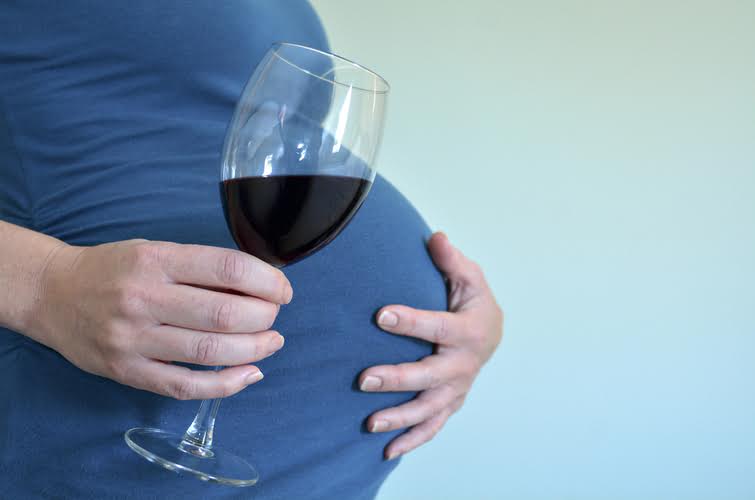Glutamate is a major neurotransmitter responsible for brain stimulation, and alcohol affects glutamate through its inhibitory action on N-methyl D-aspartate (NMDA)-type glutamate receptors, producing amnesia (for example, blackouts) and sedation (Krystal et al., 1999). Behavioral treatments—also known as alcohol counseling, or talk therapy, and provided by licensed therapists—are aimed at changing drinking behavior. Examples of behavioral treatments are brief interventions and reinforcement approaches, treatments that build motivation and teach skills for coping and preventing a return to drinking, and mindfulness-based therapies.
12.1. Children and young people
Further, they were more likely to have a family history of alcohol misuse, and began drinking and developed alcohol dependence earlier than those without such a history. A UK study found 26% of community mental health team patients were hazardous or harmful drinkers and 9% were alcohol dependent (Weaver et al., 2003). In the same study examining patients attending specialist alcohol treatment services, overall 85% had a psychiatric disorder in addition to alcohol dependence. Eighty-one per cent had an affective and/or anxiety disorder (severe depression, 34%; mild depression, 47%; anxiety, 32%), 53% had a personality disorder and 19% had a psychotic disorder.
Age of Drinking Onset Predicts Future Alcohol Abuse and Dependence
- Nearly a million children live with one or more parents who misuse alcohol and 6% of adults report having grown up in such a family.
- While far more people drink than use cannabis, drinking frequently has become slightly less common than it was around 15 years ago, the study found.
- Previous analyses primarily relied on death certificate data, which have limited work-related information.
- Therefore, it is clear that there is substantial remission from alcohol-use disorders over time.
- Discover how many people with alcohol use disorder in the United States receive treatment across age groups and demographics.
- In a new Yale study, researchers provided extensive data that gender differences in AUD and treatments may explain the lack of treatment response with naltrexone in some patients.
This latter group includes people who have been harmful drinkers or alcohol dependent in the past and who have stopped because of experiencing the harmful effects of alcohol. Of those who began drinking at age 14, 13.8 percent subsequently were classified with alcohol abuse, compared with 2.5 percent of those who began drinking at age 25 and older. Overall, the risk for lifetime alcohol abuse Sober House decreased by 8 percent with each increasing year of age of drinking onset. Only 6% of adolescents and 8% of young adults who meet criteria for a substance use disorder receive treatment4. The current gold standard for adolescent substance use treatment is psychosocial intervention or “talk therapy” (e.g., cognitive behavioral therapy, motivational interviewing, and family therapy)8.
Reducing the burden from harmful use of alcohol
Psychologists who are trained and experienced in treating alcohol problems can be helpful in many ways. Before the drinker seeks assistance, a psychologist can guide the family or others in helping to increase the drinker’s motivation to change. Estimates https://parliamentobserver.com/2024/05/27/top-5-advantages-of-staying-in-a-sober-living-house/ of the economic costs attempt to assess in monetary terms the damage that results from the misuse of alcohol. These costs include expenditures on alcohol-related problems and opportunities that are lost because of alcohol (NIAAA, 1991).
- Homeless people who misuse alcohol have particular difficulties in engaging mainstream alcohol services, often due to difficulties in attending planned appointments.
- Despite the availability of several evidence-based medications and behavioral therapy approaches for treating co-occurring AUD and depressive disorders, improvements in treatment for this population are clearly needed.
- Deaths related to injuries and overdoses increased significantly for females ages 16 to 20 but did not change for males.
- Additionally, the population of the studies were different, college students from a private university vs. rural adolescents, so more studies are needed to clarify this association, and accounting for the population should take place.

NARROWING GENDER GAPS
By the numbers: There are now more daily marijuana users in the US than daily alcohol users
